Big cats are some of the most fascinating creatures in the animal kingdom. Known for their strength, agility, and predatory prowess, they rely on various adaptations to survive in the wild. One of the most crucial adaptations big cats possess is their ability to use camouflage effectively. This article explores how big cats employ this technique for both hunting prey and evading potential threats.
The Science Behind Camouflage
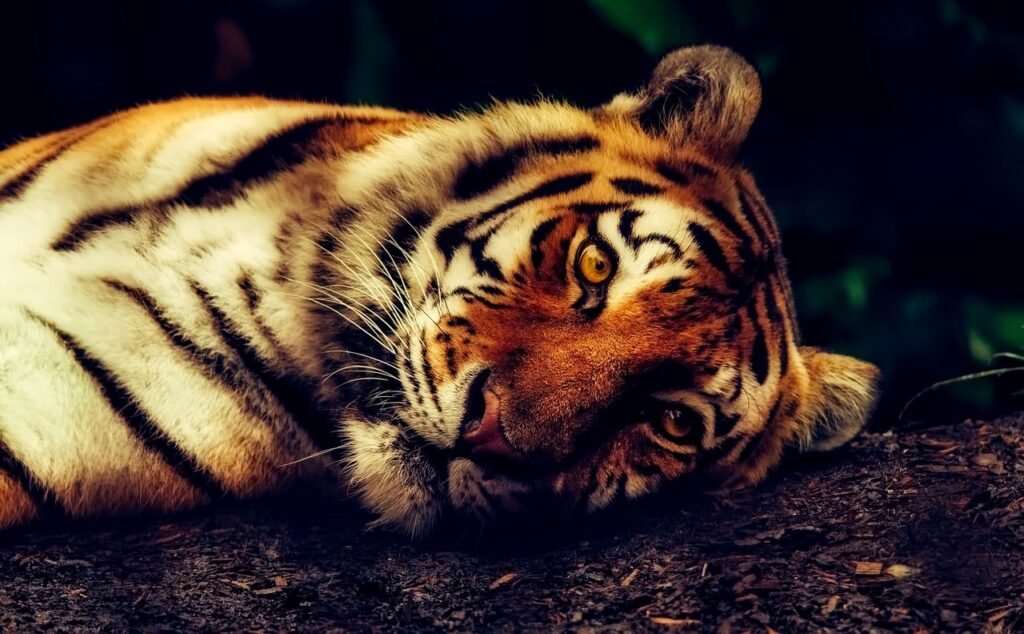
Camouflage is a survival technique that allows animals to blend into their environment, making it difficult for predators to spot them. For big cats, this usually involves a combination of coloration, pattern, and behavior that matches their surroundings. By mastering the art of disguise, big cats can approach prey undetected or avoid becoming prey themselves.
The Role of Fur Pattern and Color
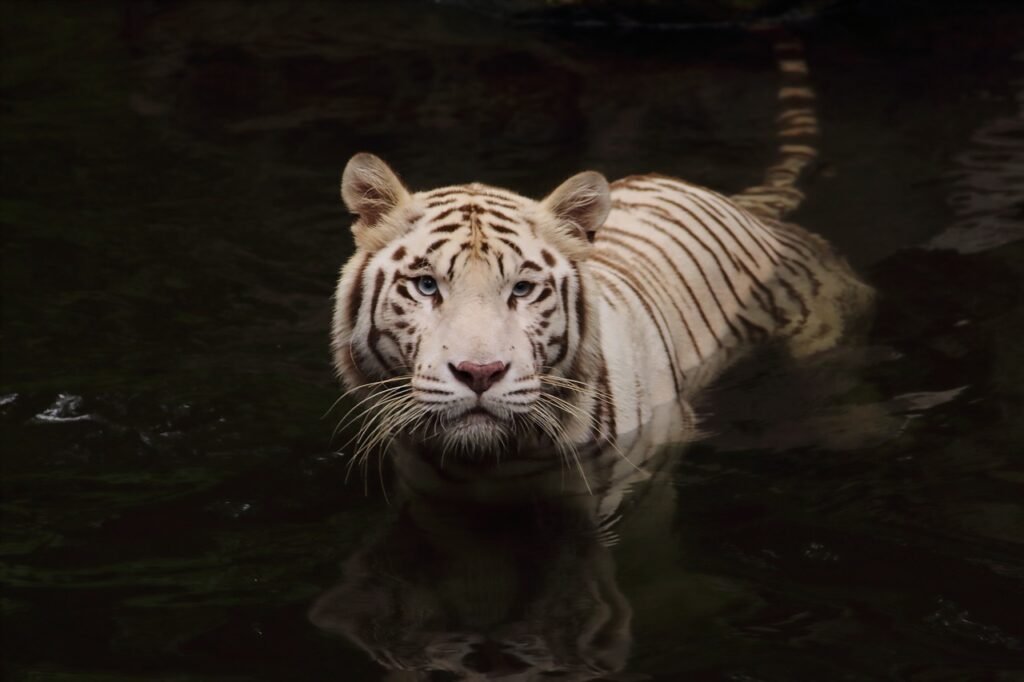
The fur patterns seen on big cats are not just for aesthetics; they serve a functional purpose. Tigers, for example, have orange fur with black stripes that mimic the dappled light and shadows of the forest, making them virtually invisible in their natural habitat. On the other hand, leopards have rosette patterns that help them blend into the dense underbrush and leafy environments where they hunt.
Adaptive Benefits of Camouflage
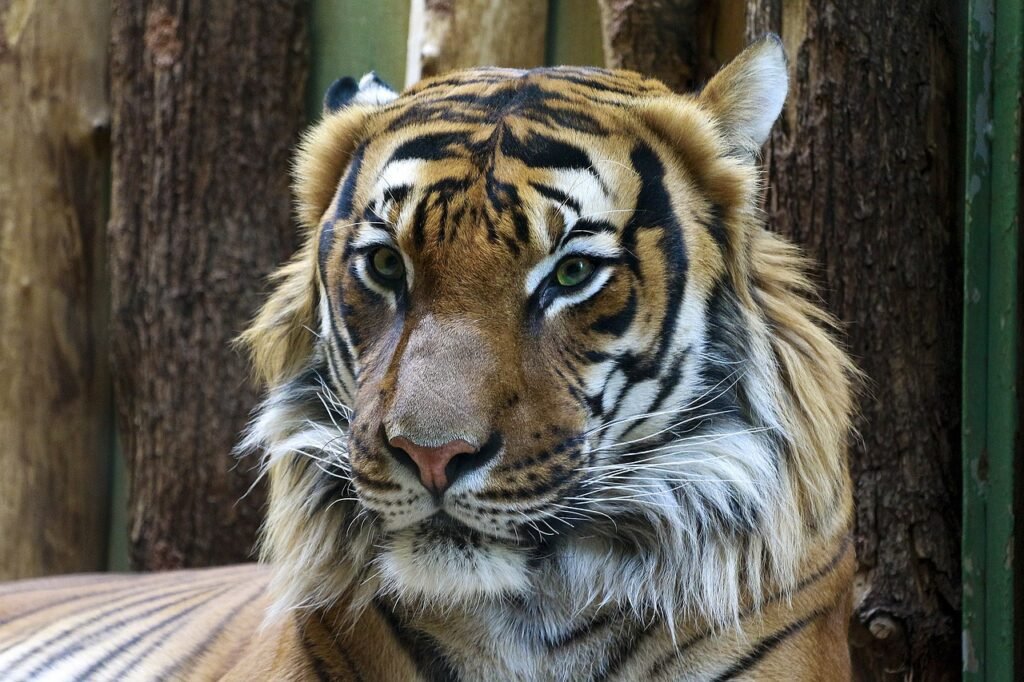
Camouflage offers several adaptive benefits. Firstly, it increases a big cat’s chances of getting closer to prey without being detected. This proximity allows them to pounce with precision and conserve energy by reducing the need for long chases. Secondly, camouflage assists in self-defense, as it helps big cats remain unseen by potential predators or rivals that might pose a threat, particularly to cubs.
The Stealthy Approach: Using Camouflage in Hunting
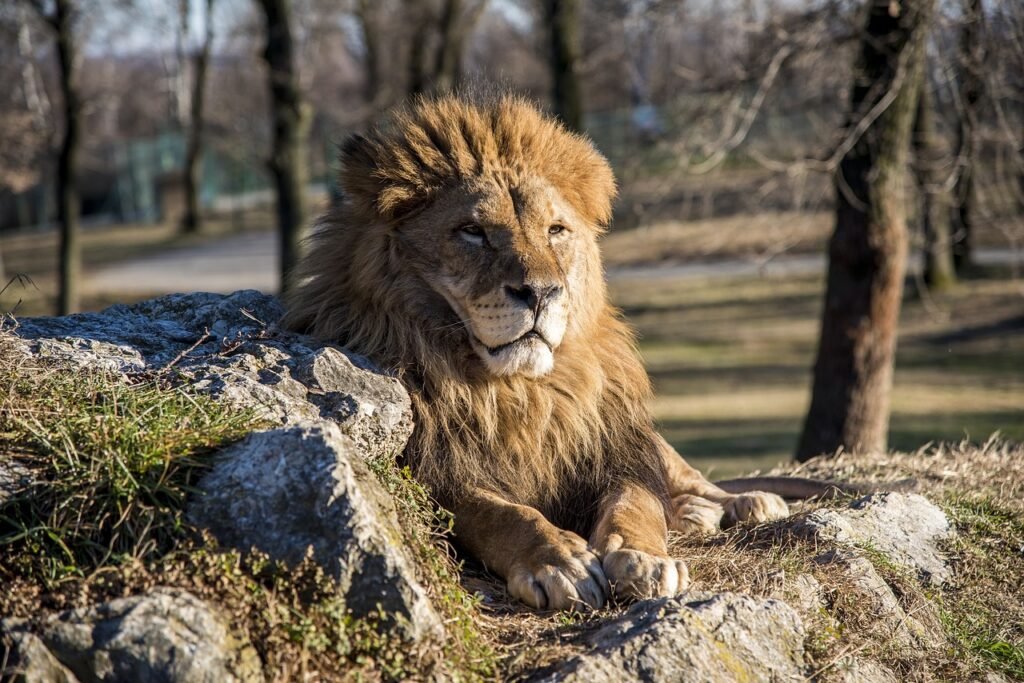
Big cats use stealth to their advantage when hunting. They patiently stalk their prey, moving slowly and carefully through the terrain to stay undetected. With the assistance of their natural camouflage, they can get as close as possible before launching a surprise attack. The element of surprise is key to their hunting success, as it minimizes the chance of prey escaping.
Camouflage Across Different Habitats
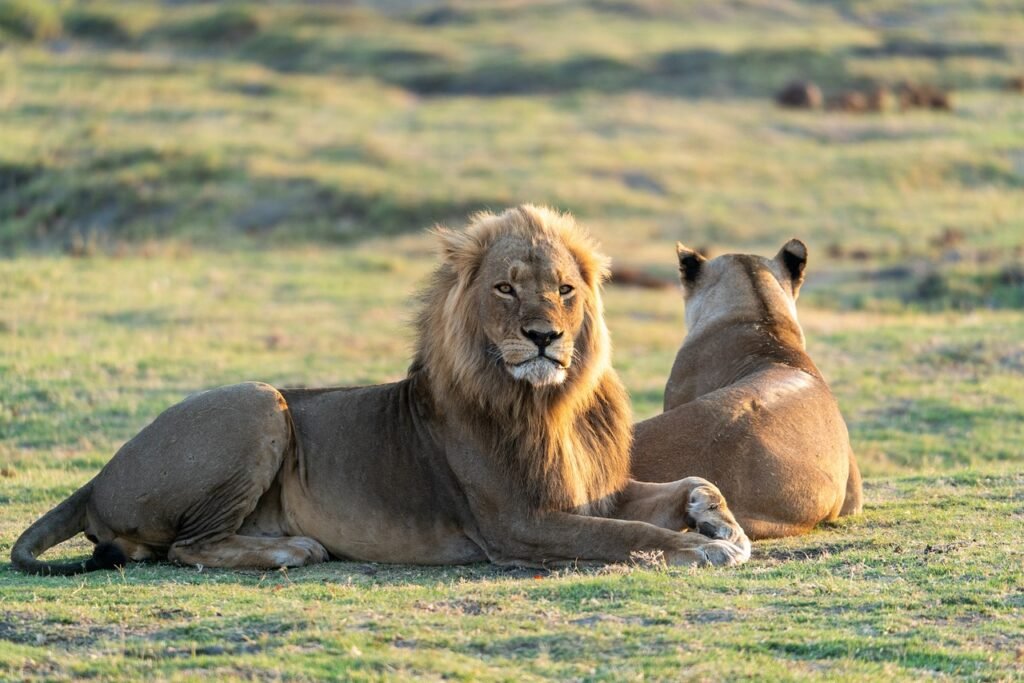
Different species of big cats are distributed across various habitats, each requiring unique camouflage adaptations. Snow leopards, for example, have thick, light-colored fur that blends in with the snowy, rocky terrains of Central Asia. Meanwhile, the sandy coats of lions are perfectly suited for blending into the golden grasslands of the African savannah.
Big Cats and Predator Evasion
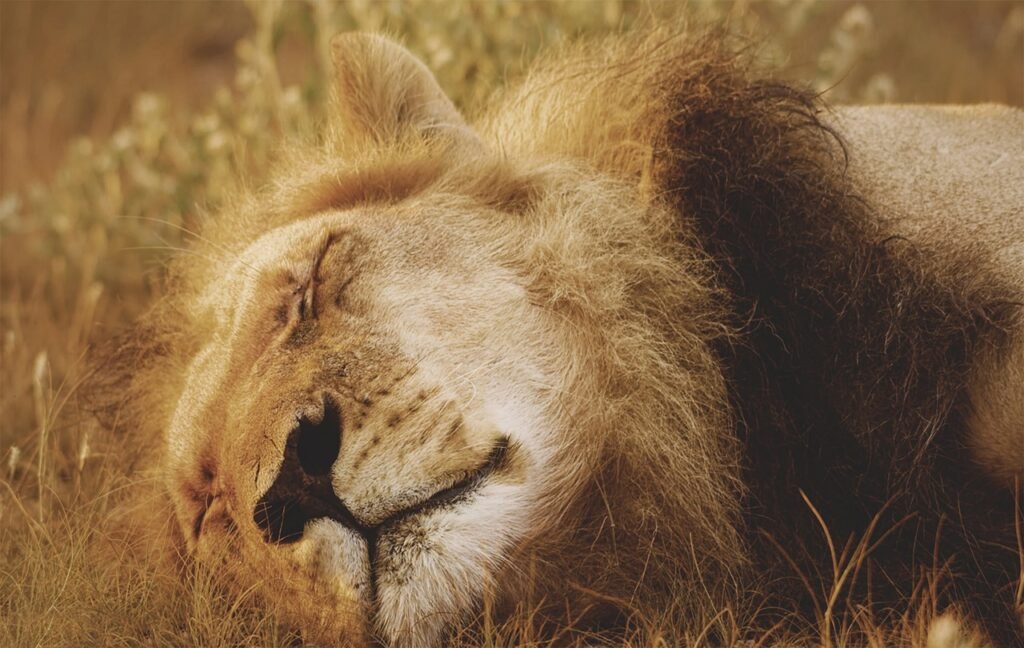
While big cats are apex predators, they are not free from threats. Humans, other carnivores, and even other big cats can pose dangers. Camouflage aids in evading these potential threats by keeping big cats concealed, especially when they are with young cubs or when injured. For smaller species like cheetahs, which may fall prey to larger cats like lions, remaining hidden is vital.
Camouflage During Different Times of the Day
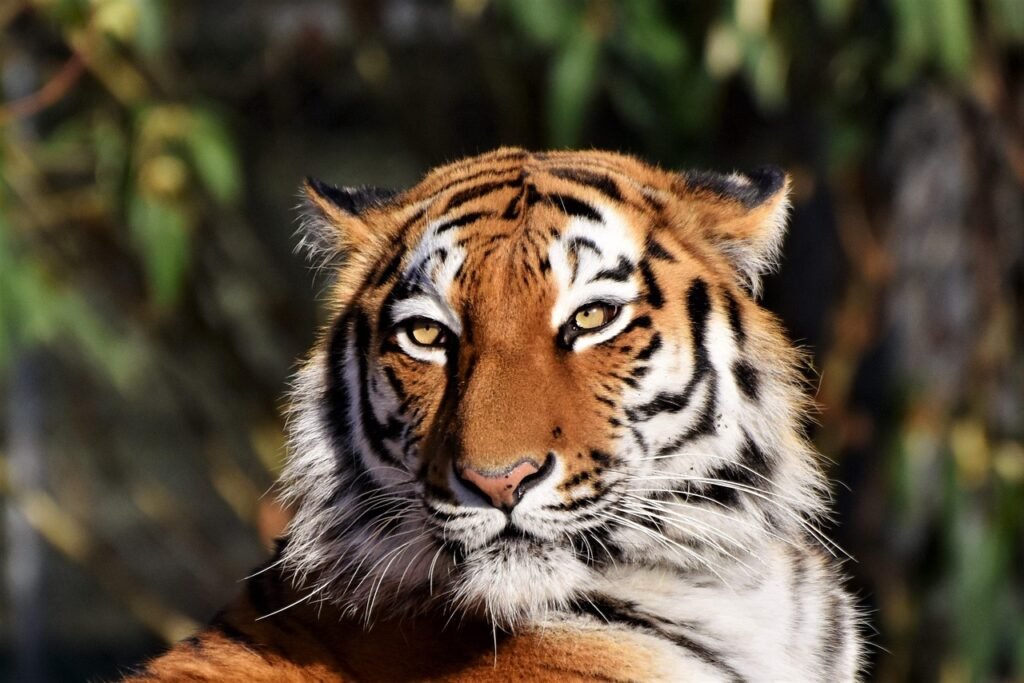
The effectiveness of a big cat’s camouflage can vary depending on the time of day. Many big cats are crepuscular, meaning they are most active during dawn and dusk. The low light levels during these times enhance their camouflage, making it even more challenging for prey or predators to detect them. This timing allows them to maximize their hunting success and enhance their safety.
Cubs and Camouflage: Starting Life with an Advantage
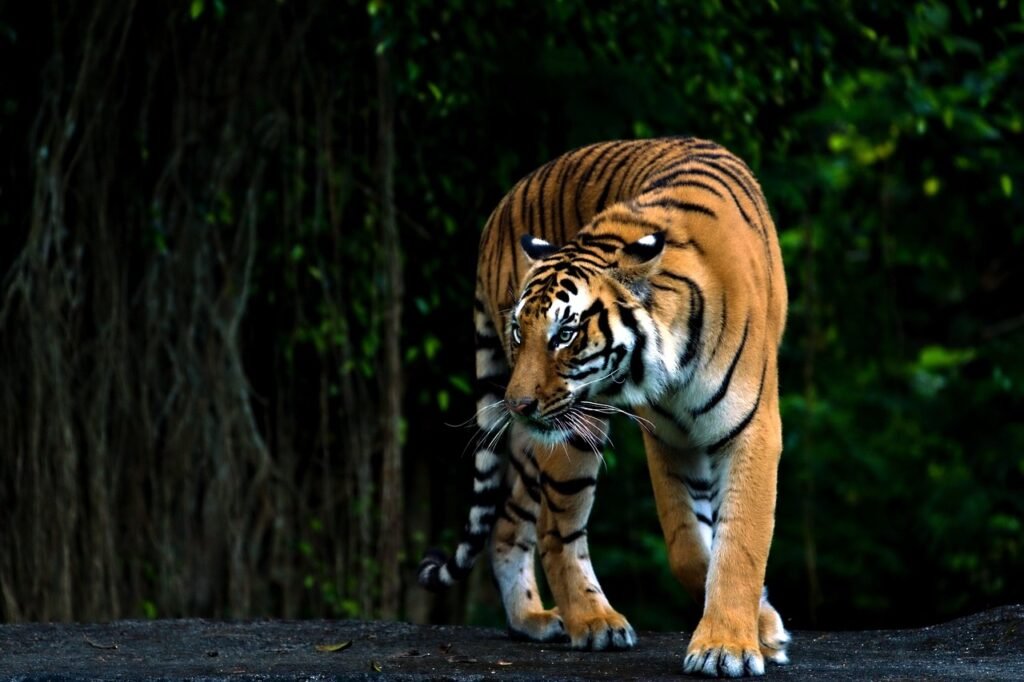
Big cat cubs are born with camouflage that will help them survive from an early age. The conspicuousness of a cub’s coat often differs from that of adults to cater to their unique vulnerabilities. For instance, lion cubs have spotted coats that provide excellent camouflage in the tall grass and underbrush, offering them protection in the critical early months of life when they are most vulnerable.
Conclusion: The Essential Role of Camouflage in Big Cat Survival
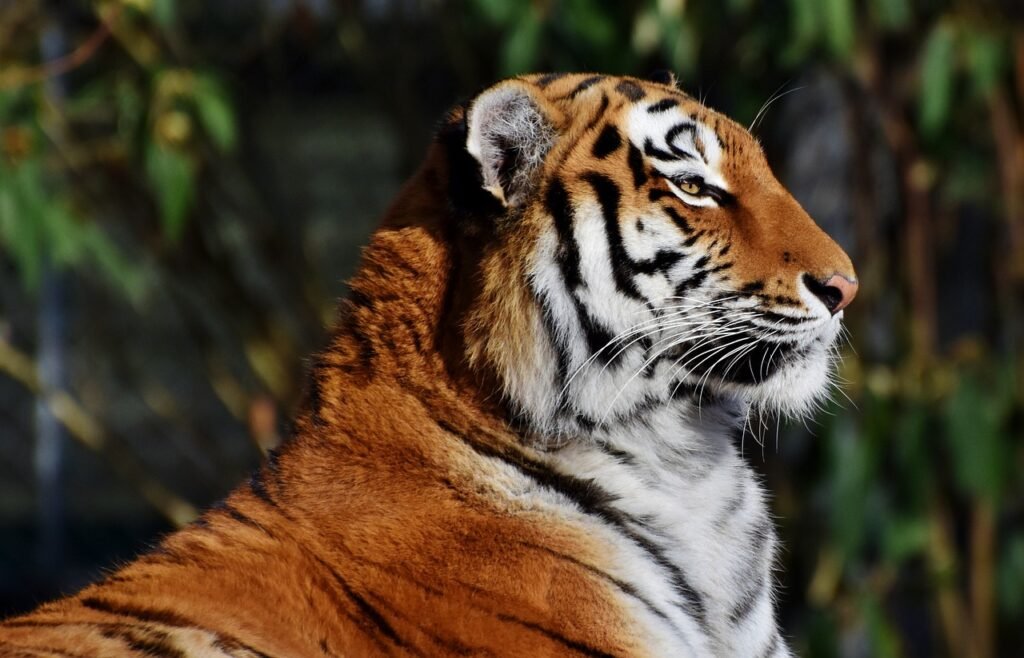
Camouflage is an indispensable tool in the arsenal of big cats. It provides them with an evolutionary advantage that enables them to hunt more effectively and evade dangers. Whether it is through blending into their environment or timing their activities to periods of low visibility, big cats continue to demonstrate the importance of adaptation for survival. Understanding these techniques not only enhances our knowledge of these majestic animals but also underscores the intricate balance of nature that sustains their existence.
Hi, I’m Bola, a passionate writer and creative strategist with a knack for crafting compelling content that educates, inspires, and connects. Over the years, I’ve honed my skills across various writing fields, including content creation, copywriting, online course development, and video scriptwriting.
When I’m not at my desk, you’ll find me exploring new ideas, reading books, or brainstorming creative ways to solve challenges. I believe that words have the power to transform, and I’m here to help you leverage that power for success.
Thanks for stopping by, Keep coming to this website to checkout new articles form me. You’d always love it!






